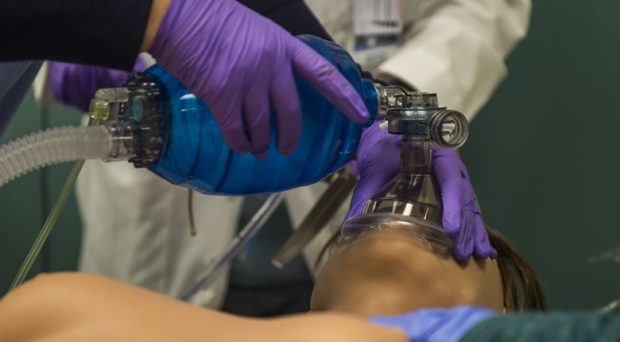
Like many in the field of simulation in healthcare I have, and still do, put a great deal of effort into creating a safe and supportive context for debriefing; in my experience, post-simulation debriefing sessions are often rich, captivating and insightful. I also embrace the notion that simulation affords educators and student participants with unique opportunities to structure the practice and rehearsal of diverse skills. Yet, a few years ago, I started to pay closer attention to how participants were engaging during scenario participation.
Once upon a time – a story of shifting perspective
When I asked about what led the student participant to consider taking an experimental approach, he indicated that he thought the point of simulation was to try out new ideas and experiment.
Halfway through a scenario entitled ‘Goals of Ventilation’, a student participant appeared to be stuck. After pausing for several seconds, he asked the respiratory therapist in the scenario if he could experiment with the ventilator settings. He admitted that he was not sure of what to do next. The respiratory therapist agreed and the participant proceeded to systematically ‘test’ different settings to find a sweet spot, where the patient was adequately oxygenated, yet the settings did not increase the risk that the patient’s lungs might be damaged or cause the patient’s blood pressure to drop to dangerously low levels. Shortly afterwards, the participant figured out the ideal settings and the scenario ended.
During the post-scenario debrief, the faculty member and the Fellow explored a number of topics and points – and like many previous debriefing sessions, it was rich and insightful discussion. When I asked about what led the student participant to consider taking an experimental approach, he indicated that he thought the point of simulation was to try out new ideas and experiment. In summary, he seemed to suggest that simulating was a learning behavior.
A different perspective: learning as behavior, not simply a goal
Following this experience, I started seeing things differently:
- I began to pay closer attention to other student participants’ activities during simulation; considering not just what a participant achieved on the designated assessment form, but how they achieved these actions.
- I re-examined my own assumptions and beliefs about how learning in simulation occurred. Like many, I often looked to the end result – learning outcomes expressed as variables on an assessment form, as changes in clinical indicators, or a participant’s description or rationale of their efforts expressed after the fact. But then I started to think about it differently.
- Ever the researcher, I turned to the literature with a new eye and I came across studies that suggested students experienced learning during participation as well as after.
- From these actions I began to explore theoretical frameworks that viewed learning as something more than simply a learning outcome or goal.
- This search for a framework for social action brought me to a number of neo-Vygotskian sociocultural learning theories, such as Yrjö Engeström’s first, second and third generations of Activity Theory, Jean Lave and Etienne Wengers’ Communities of Practice and Barbara Rogoff’s perspectives on Guided Participation. Central to all of these theories is that learning is an active process, shaped by the culture we live and work in and the people and artifacts we engage with.
My recent article, entitled “An activity theory perspective of how scenario-based simulations support learning: a descriptive analysis”, draws on Engeström’s first, second, and third generations of Activity Theory and is a first effort to examine and describe how participation in scenario-based simulations may support learning. These early findings suggest that student participants learn as they make sense of the clinical presentation when they sequence clinically relevant activities together.
I hope you might consider taking a moment to consider how reframing learning as an active process could help all of us gain a deeper understanding of simulation-based learning. Doing so might help advance our knowledge of how simulations support learning, which in turn, might also provide vital information about how often and when to integrate simulation, how to design and implement simulations, and how to support and guide faculty development programs, to name a few.
What are your thoughts?
Comments